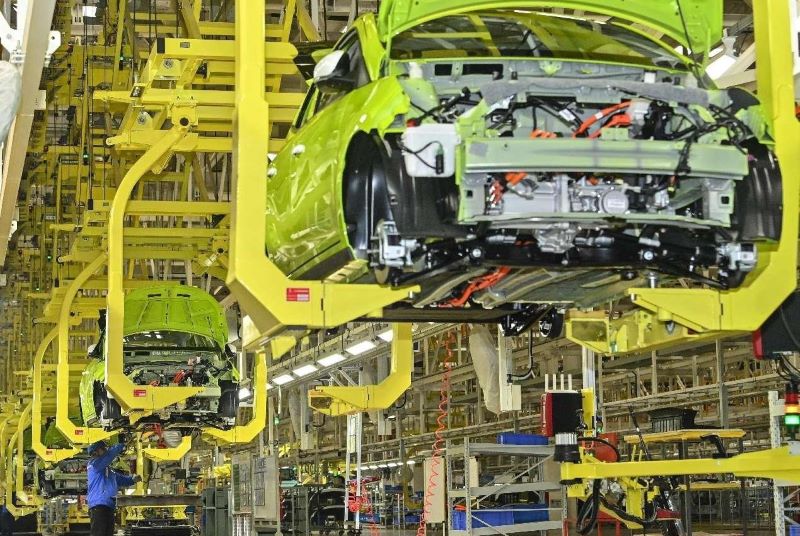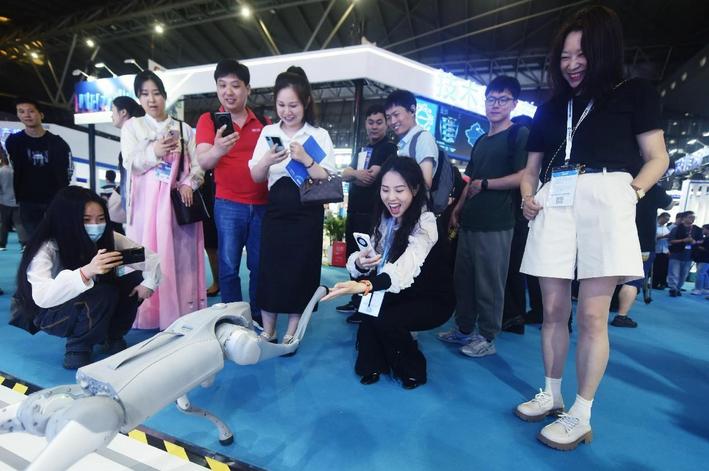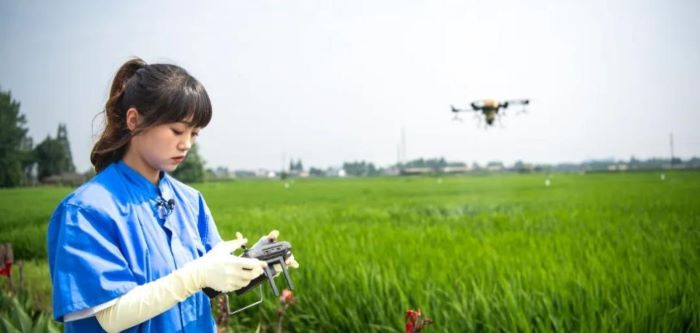Booming new energy vehicle sector reflects vitality of China's economy

Agency : China's auto production and sales logged double-digit increases in the first half of the year, a sign of vibrant domestic consumption in the world's second-largest economy.
The country's auto output totaled 15.62 million units during the period, up 12.5 percent from a year ago, while auto sales rose 11.4 percent to 15.65 million units.
In particular, new energy vehicles (NEVs) production surged 41.4 percent year on year to nearly 6.97 million units in the first six months, with sales up by 40.3 percent year on year to about 6.94 million units. NEV exports surged by an impressive 75.2 percent.
This robust momentum is a result of both rising demand and effective policy support.
Policies such as vehicle trade-in incentives have stimulated a steady rise in NEV consumption. In the first half of 2025, NEV sales accounted for 44.3 percent of total new car sales in China, while the number of newly registered NEVs increased by 27.86 percent year on year. This momentum highlights the strength of domestic demand and evolving consumer preferences.
Green and smart consumption are gaining momentum: sales of energy-efficient and intelligent home appliances continue to rise steadily, while retail sales of sports and entertainment goods by enterprises above the designated size jumped 22.2 percent from the previous year. The share of the services sector in overall consumption is also on the rise, demonstrating increasing demand for development- and enjoyment-oriented consumption.
Meanwhile, inbound tourism and shopping have shown steady recovery. Thanks to the expansion of the visa-free policy, foreign entries and exits rose 30.2 percent year on year and visa-free entries surged by 53.9 percent - further invigorating consumption and cross-border economic activity.
These indicators demonstrate China's ability to unlock domestic consumption potential and its commitment to advancing opening up in a complex and evolving external environment, providing stable support for economic growth and creating substantial market opportunities for global businesses seeking to engage with the Chinese market.
This robust momentum is also fueled by an unwavering commitment to innovation.
Technological innovation remains a fundamental engine of development. In recent years, Chinese NEV companies have intensified R&D investment in key areas such as battery technology, intelligent driving, and lightweight materials. This sustained push has led to a wave of breakthroughs.
In the first half of 2025, Chinese NEV giant BYD unveiled a charging technology capable of delivering a top speed equivalent to 2 kilometers per second. CATL, China's leading battery maker, announced a multi-core fast-charging strategy, and tech giant Huawei released a commercial solution for high-speed L3 autonomous driving. These innovations have enhanced the performance and market competitiveness of Chinese NEVs, and accelerated the sector's transition toward sustainable, high-quality development.
Beyond the NEV sector, Chinese enterprises exhibit remarkable adaptability in the face of challenges. From the DeepSeek large model to humanoid robots, cutting-edge technologies are becoming part of Chinese people's daily lives. With R&D expenditure accounting for nearly 2.7 percent of GDP, surpassing the EU average, China's innovation foundation bolsters the confidence of Chinese businesses to navigate challenges and shape future industries.
Such vitality is reinforced by a sound industrial ecosystem.
A strong and secure industrial system underpins economic development. China has developed a comprehensive NEV industrial chain, encompassing raw materials, battery production, vehicle assembly, and charging and swapping infrastructure. At a facility of Chinese vehicle manufacturer Seres Group in Chongqing, a new vehicle rolls off the production line every 30 seconds, a testament to the high degree of synergy and operational efficiency across the supply chain.
With its 41 major industrial categories, 207 intermediate categories, and 666 small categories, China is the only country in the world to encompass all industrial categories in the United Nations Industrial Classification. This clustering advantage enhances the resilience, adaptability, and global competitiveness of China's industrial chains. It is also a structural strength that equips the country to better withstand external shocks.
The transformation of the NEV industry from niche to mainstream represents not only the upgrading of consumer preferences but also the evolution of supply-side capabilities and the continuous refinement of industrial ecosystems. This trajectory vividly illustrates China's broader economic story - defined by innovation, resilience, and high-quality development.
-By Zhu Zhiyu














प्रतिकृया दिनुहोस